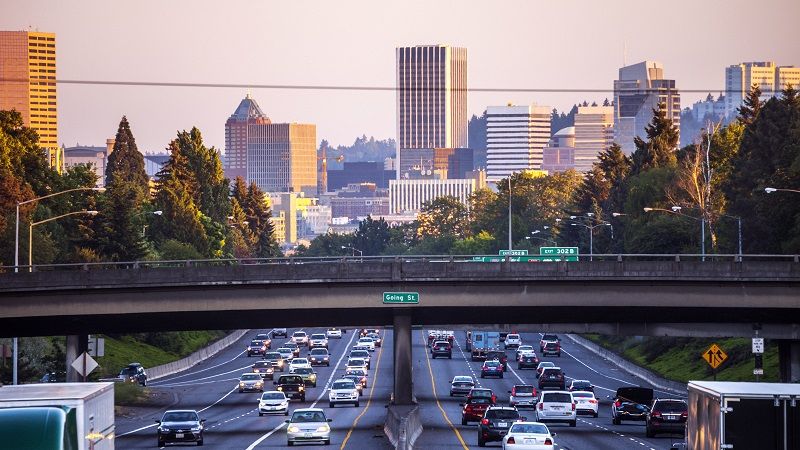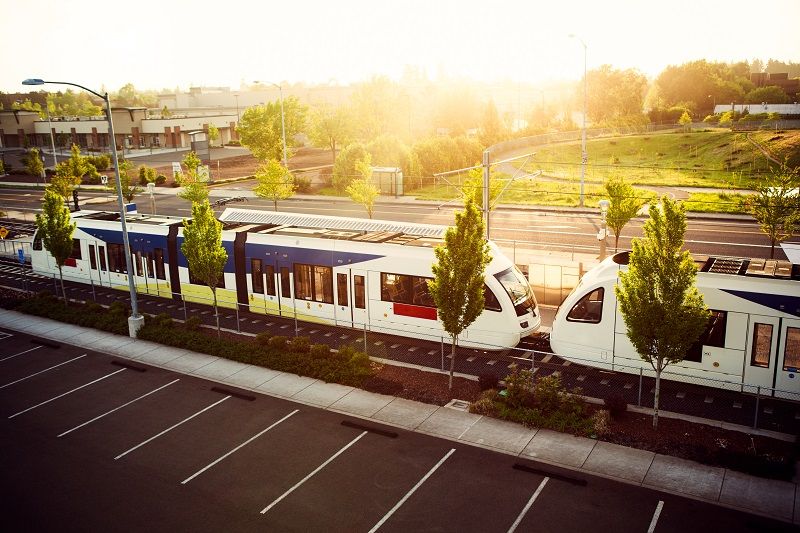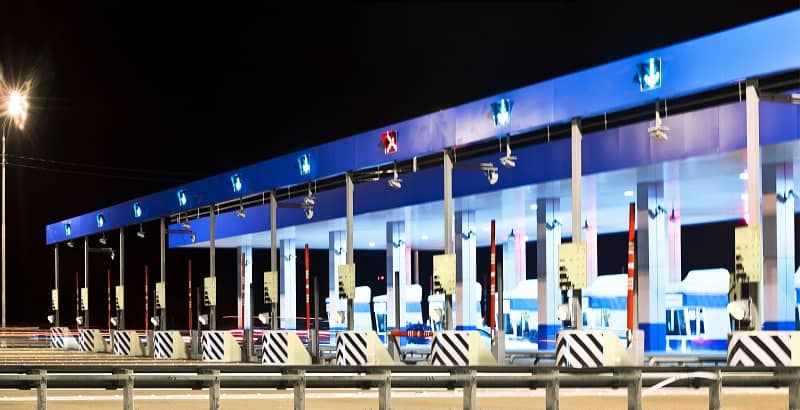February marks the seven-year anniversary of the Westside Express Service (WES), the 14.7-mile commuter rail line that runs from Wilsonville to Beaverton. While the train’s owner, TriMet, has emphasized the steady growth in ridership over time, the truth is that WES has been a failure. Daily boardings are still far below the opening-year forecast, and taxpayers subsidize each rider by nearly $35 per round trip.
Although WES was 15 years in the making, it was always a project in search of a purpose. At various times the train was promoted as: (1) a congestion relief tool for HWY 217; (2) a catalyst for so-called “Transit-Oriented Development;” or (3) a way of providing “another option” for travelers. None of these arguments holds up to scrutiny.
During legislative hearings in Salem, representatives from Washington County claimed that WES would take 5,000 motor vehicles per day off of nearby highways. But WES is not even capable of doing that because it only runs 8 times (each direction) in the morning, and 8 more times in the afternoon. And unlike traditional commuter trains pulling eight or nine passenger cars, WES travels only in one-car or two-car configurations.
During its best hours of performance, the total number of passengers traveling on WES is less than 0.5% the number of motorists traveling on HWY 217/I-5 at those same hours. WES crosses more than 18 east-west arterials four times each hour. On busy commuter routes, such as HW 10 or Scholls Ferry Road, each train crossing delays dozens of vehicles for 40 seconds or more.
Since the train itself typically only carries 50-70 passengers per run, this means that WES actually has made Washington County congestion worse than it was before the train opened.
WES also will not be a catalyst for “transit-oriented development,” because the train stations are a nuisance, not an amenity. The noise associated with train arrivals was always underestimated and has proven to be a significant problem for nearby businesses and residents.
As for the hope that WES would provide “another transit option,” there were already two TriMet bus lines providing over 4,000 boardings per day in parallel routes prior to the opening of WES. Commuter rail simply replaced inexpensive bus service with a massively subsidized train.
Several key statistics summarize the problems with the train:
- WES was originally projected to cost $65 million and open in 2000. It actually cost $161.2 million and opened in 2009.
- TriMet projected an average daily ridership of 2,400 weekday boardings in the first year; actual weekday ridership was 1,156. It grew over time to 1,964 in 2014, but dropped to 1,771 last year. Since each rider typically boards twice daily, only about 900 people actually use WES regularly.
- The WES operating cost/ride in January 2016 was $15.95, roughly five times the cost of bus service.
Ridership and Cost Trends for WES
2009-2015
(in 2015 $)
| 2009 | 2010 | 2011 | 2012 | 2013 | 2014 | 2015 | % change | |
| Avg. daily boardings | 1,156 | 1,313 | 1,571 | 1,700 | 1,876 | 1,964 | 1,771 | +53% |
| Operating cost per ride | $27.41 | $24.46 | $20.43 | $18.39 | $18.98 | $15.85 | $18.60 | -32% |
| Cost/train-mile | $54.70 | $54.12 | $53.30 | $53.79 | $56.82 | $51.12 | $55.01 | +1% |
| Cost/train hour | $1,180 | $1,166 | $1,171 | $1,180 | $1,501 | $1,109 | $1,203 | +2% |
| Average subsidy/ride | $26.18 | $23.00 | $19.01 | $17.64 | $17.19 | $14.36 | $17.10 | -35% |
Ridership has certainly improved since 2009, but still remains far below the rosy projections made by TriMet for the opening year of operation. There is little reason to think that ridership will grow significantly, given that the train runs exclusively through four suburban communities with no major job centers within walking distance of train stations.
WES is destined to be a one-hit wonder―an expensive monument to the egos of TriMet leaders and Westside politicians. Taxpayers would be better served if we simply canceled WES, repaid grant funds to the federal government, and moved the few WES customers back to buses.
John A. Charles, Jr. is President and CEO of Cascade Policy Institute, Oregon’s free market public policy research organization.











